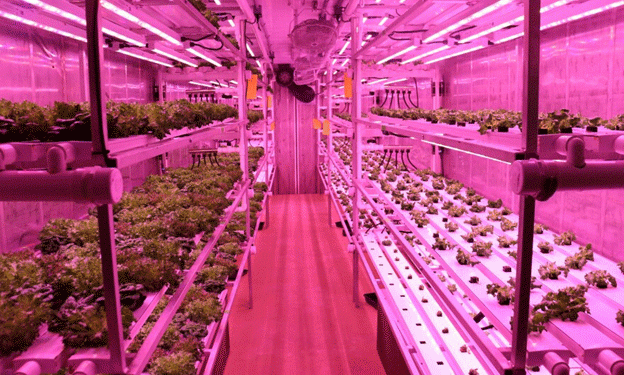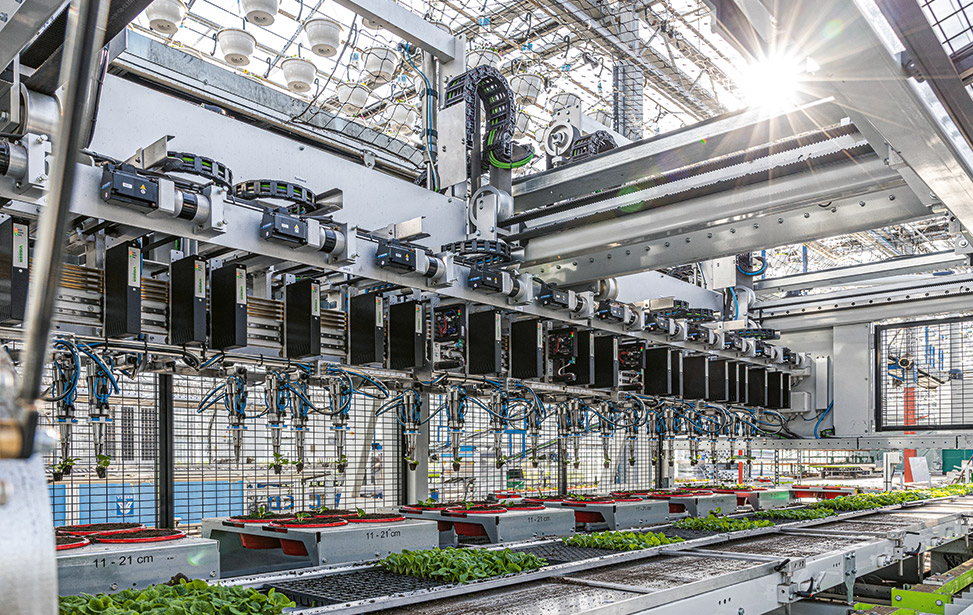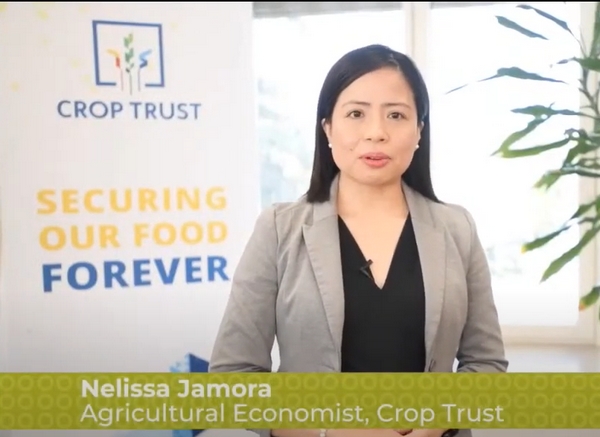Breaking Through the Snow: Hydroponics in Alaska
In the icy heart of Alaska, where winters bring sub-zero temperatures and thick blankets of snow, a quiet agricultural revolution is taking place. Hydroponic farming—a method that grows plants without soil using nutrient-enriched water—has made it possible for farmers like Taylor Lewis of Edgy Veggie and Henry Krull of fresh365 to provide fresh, local produce year-round.
The Advantages of Hydroponics in Alaska
- Freshness Amid Harsh Winters:
Hydroponics ensures consistent crop production regardless of the weather. At Edgy Veggie, lettuce thrives in climate-controlled conditions even as temperatures plummet outside. This freshness has caught the attention of local consumers and restaurants seeking alternatives to wilted, imported produce. - Sustainability and Efficiency:
These systems recycle water and nutrients, significantly reducing waste. While traditional greenhouses struggle with high heating costs, hydroponics optimizes energy usage to maintain optimal growing conditions. - Community Impact:
Local hydroponic farms reduce Alaska’s reliance on imported produce from the Lower 48, minimizing carbon footprints and offering Alaskans fresher, longer-lasting vegetables.
Challenges Facing Alaska’s Hydroponic Farms
While hydroponics provides a lifeline to fresh produce in Alaska, it’s not without its hurdles:
- High Energy Costs:
With limited sunlight during winter, farms like fresh365 rely heavily on artificial lighting and heating, leading to significant energy expenses. Solar panels, partially funded by the U.S. Department of Agriculture’s Rural Energy for America Program (REAP), help offset some costs, but challenges persist. - Technical Issues:
Faulty pumps, ventilation problems, and water leaks are common, requiring constant maintenance. - Labor Intensity:
Hydroponic farming, much like traditional farming, demands hard physical work and meticulous care to ensure success. - Financial Viability:
Jayme Lewis of Edgy Veggie expresses concerns about electricity costs and the lack of state-level support for hydroponic farms. Without assistance, some farms may struggle to stay operational despite their community value.
A Model for the Future
Despite these challenges, the successes of Edgy Veggie and fresh365 show that hydroponic farming can be both a viable business model and a community asset. Krull believes that hydroponic systems belong in every community, offering not just fresh produce but a way to reduce reliance on imports.
“In Alaska, where fresh produce is scarce in winter, we’re proving that this model works,” Krull says. “It’s a labor of love, but the rewards for our community make it worthwhile.”
Hydroponic farming in Alaska exemplifies resilience and innovation in agriculture. By overcoming environmental and financial challenges, these farms are pioneering a sustainable way to deliver fresh, local produce year-round. With continued investment in technology and community support, hydroponics could reshape food systems in remote and extreme climates worldwide.












